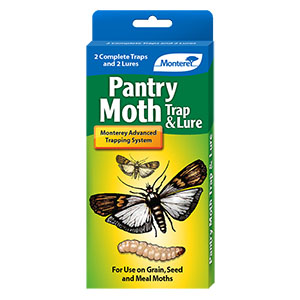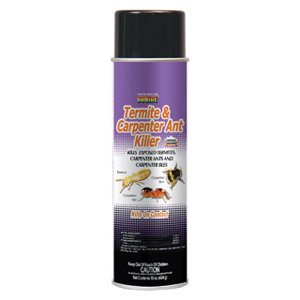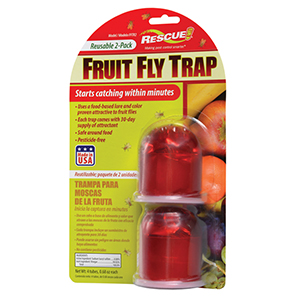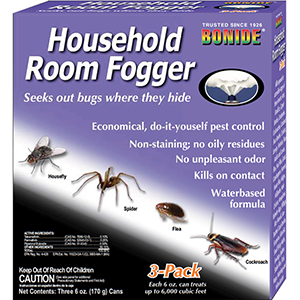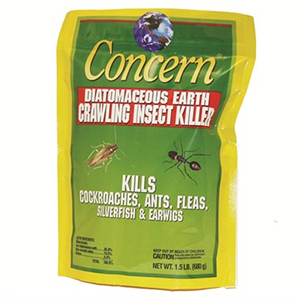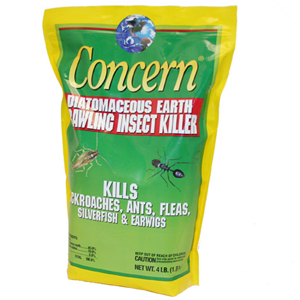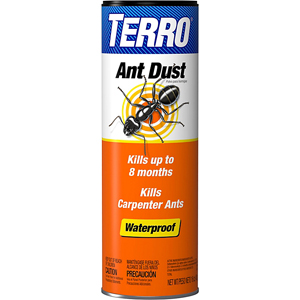Fall is on our doorstep and it’s time to turn our “prevention attention” from outdoor to indoor. From the first chilly night of the season, warm-blooded animals begin thinking about hibernation and look for openings and opportunities to take up winter residence. Insects are seeking warmer climates as well, and likely will find the smallest of cracks and crevices to enter your home. Be assured, no home is insect-free.
First Steps in Fighting Back
Advise your customers to closely survey the foundations of their homes to identify cracks and openings that insects or, if large enough, animals could gain entry. These should be sealed up before freezing weather sets in. Common insects include ants, crickets, grasshoppers, earwigs, sowbugs, centipedes, spiders, bees, fruit flies, termites, and stink bugs. Common animals include chipmunks, squirrels and birds.
Space between window frames and door frames can also be easily accessed. It’s an ideal time to install weather stripping. Observe the condition of your caulking around these frames, too. While weather is still warm, homeowners might caulk openings, especially when the ingredients are pliable and easily applied. Immediately inside the home, consumers should survey the ceilings, perimeter walls, and corners for spider webbing and promptly remove it.
Remind your customers to vacuum carpets thoroughly to remove fleas and ticks that may have hitched a ride with their pets from outdoors. Fall is also a good time to replace flea collars and wash pet beds. Upholstery should be moved and inspected, as these areas are a perfect sanctuary for overwintering insects.
Pantry areas are often overlooked in spotting insect issues. Consumers should make time to remove outdated products including flours, grains and even seeds. This includes birdseed! Stocking birdseed inside for long periods of time may offer the perfect opportunity for grain weevils to hatch and emerge as tiny flying moths. Since chemistry is not sprayed in areas of foodstuffs, options like the Pantry Pest Trap are highly recommended for indoor use. Encourage your customers to also give pantry shelves and floors a good wipe down using a suitable household cleaner labeled for use in cabinets and around foods.
With the last of the harvest brought indoors, the occurrence of fruit fly is commonplace in homes. While remedies found on Pinterest can be questionable in their effectiveness, an indoor trap from Rescue is a safe and reliable option.
Choosing Your Chemicals for Home Use
When selecting a chemical to treat any insect problem, consumers must review the product label to ensure it’s suitable for WHERE the product will be used. Some chemistry is only to be used OUTDOORS. Other products are available for indoor use and indoor/outdoor (perimeter) use. When applied as directed, these are safe to use around pets and children. Consider stocking several options to meet varying customer needs.
Remind your customers to read the directions carefully. Most all directions clearly state that once you spray, you must make sure the solution is completely dry before allowing pets or children to reenter the area.
You’ll also notice that precautionary declarations on the label will vary based on the type of chemical. Such messages are boldly stamped Caution, Warning or Danger. It’s rare to see anything available for indoor use besides a Caution label. Your choices for types of delivery vary from aerosols to the popular ready-to-spray chemicals.
Long-Term Control
Perimeter sprays are popular among consumers for home insect control. Such products are usually applied upwards along the foundation wall up to three feet from the ground. Spraying under door jambs, around outdoor window frames, and even patio and under garage doors will help prevent insects from entering your home. These long-term products last anywhere from three months to up to a year.
When a customer needs further clarification on their chemical application, make sure they know where to go for help. Most products include a toll-free phone number on the product label, which consumers can use to contact the manufacturer directly. There may be another phone number for medical assistance.
Whether you’re advising a homeowner customer or a store employee, the importance of personal protection can’t be overstated. Use common sense, of course, and don’t eat, drink or chew gum when applying chemicals. Cover exposed skin thoroughly and protect eyes from spray and drift. After an application is made, wash hands with soap and water, paper towel dry and dispose of materials properly as stated on the product bottle. Your key to success is knowing that the manufacturer makes these products safe when used as directed on the product label. Follow directions all the time, every time.


